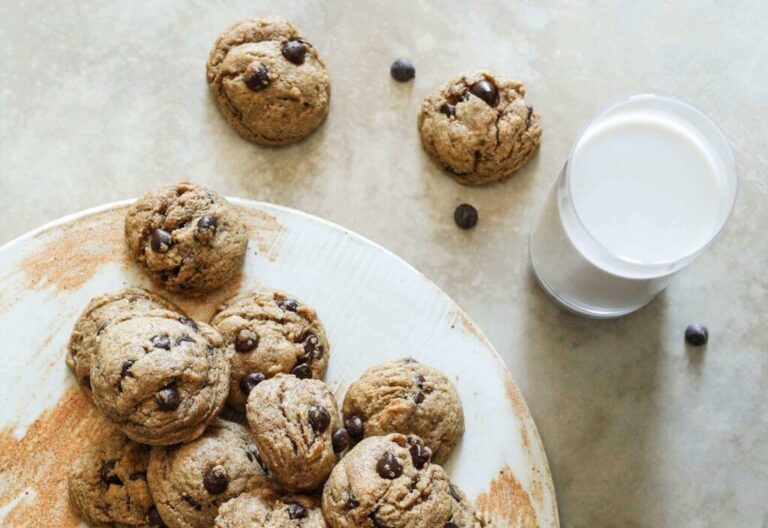
Making your homemade hemp oil soap is an excellent idea if you’re trying to avoid harmful chemicals. Producing hemp oil soap at home isn’t as tough as it may seem.
Hemp oil has a high ratio of omega-3 to omega-6 fatty acids. These are both essential fatty acids typically considered very beneficial to health. In particular, omega-3 fatty acids are useful because of their anti-inflammatory properties. Typically, hemp oil consists of three times as much omega-3 as omega-6 fatty acids. These essential fatty acids used on the skin as soap can significantly ease swelling caused by acne. The skin will keep a youthful, and vibrant look as the fatty acids reduce oxidation brought on by free radicals.
Hemp soap is an excellent choice for daily family use. If you have a kid with acne in your home, try hemp or CBD oil soap. The same goes for dry skin and eczema. Hemp oil soaps are produced from the male hemp plant, which has an extremely low level of tetrahydrocannabinol (THC). This means that you cannot get high from them.
There are many ways to produce soap in your home. The most common methods are the melt-and-pour method and the cold process. Of these two, melt-and-pour is by far the easiest. It involves making use of pre-bought soaps that are melted down, blended with new oils and scents, and then poured into the new molds to set again.
Before producing soap, it’s essential to keep in mind precautions, safety, and hygiene. It’s important to note, when following the following recipes, that some extremely hazardous chemicals are required, most notably caustic soda or potash (known as lye). It’s important that appropriate safety precautions are executed, such as the use of goggles, gloves and long-sleeved clothing to prevent alkali burns. The workspace must be dry and clean, and the equipment utilized must be made from steel, ceramic, or top-quality, heat-resistant plastic material. All hazardous chemicals must be labeled and stored safely and securely when not being used.
The following equipment is needed for these hemp soap recipes. The majority of these can be located in the home or at the nearest hardware store.
Always use stainless, ceramic, steel, or heat-resistant plastic material for blending chemicals. As soon as all equipment is ready, and the workspace is clear, it’s safe to start working with the ingredients.
It’s recommended that you utilize the saponification chart to find out the necessary amount of lye. When you figure out the amount required, you will be able to prepare the necessary lye solution, which needs to be cooled before utilizing. Carefully pour lye in boiling water and stir until it dissolves completely. Then, allow it to cool. However, it shouldn’t be less than 43°C.
This is a pretty simple recipe that includes a couple of oils such as coconut and olive.
This hemp soap has a nice green color and a lovely smell.
The oils should be measured out by weight and placed in pots ready for use. Weight assesses all ingredients in the soap-making process, whether liquid or solid.
Put hard fats in the container to be heated; you can add the other oils (except fragrance and essential ones) when they become liquid.
Once the mixture is all blended and liquefied (with the heat range around 100°C), you will be able to switch off the heat and carefully pour the lye-water in the pot, stirring continuously. As the lye reacts with the oils, the liquid in the pot will become viscose and cloudy – that is when the saponification process starts. At that time, blend the mixture smoothly with a blender in short bursts (around five seconds), gently stirring and scraping the sides between every burst.
As soon as the mixture is nearly cool, you will be able to add the essential oils and decoration. This is better carried out with a tablespoon.
Next, pour the soap mixture into the molds, where they’ve to be kept for a minimum of three days. Then, remove the soap from the molds and let it cure for three to four weeks.
Recognized as among the most multipurpose plants on this planet, hemp is grown and harvested for its seeds, fiber and oil. It’s used to make food, clothing, paper, vitamin supplements, coffee, creams and soaps. Due to the incredible balanced ratio of gamma linolenic acid, omega-3 and omega-6 fatty acids, hemp is believed to offer soothing, healing and strengthening benefits for hair and skin. Try these above described recipes for hemp oil soap and start to reap the awesome hemp oil skin benefits.
Do you have any more hemp oil soap recipes for skin care? Let us know in the comments.
One Response
this is wonderful https://www.etsy.com/shop/DraxisCraftsAndMagic?ref=hdr_shop_menu